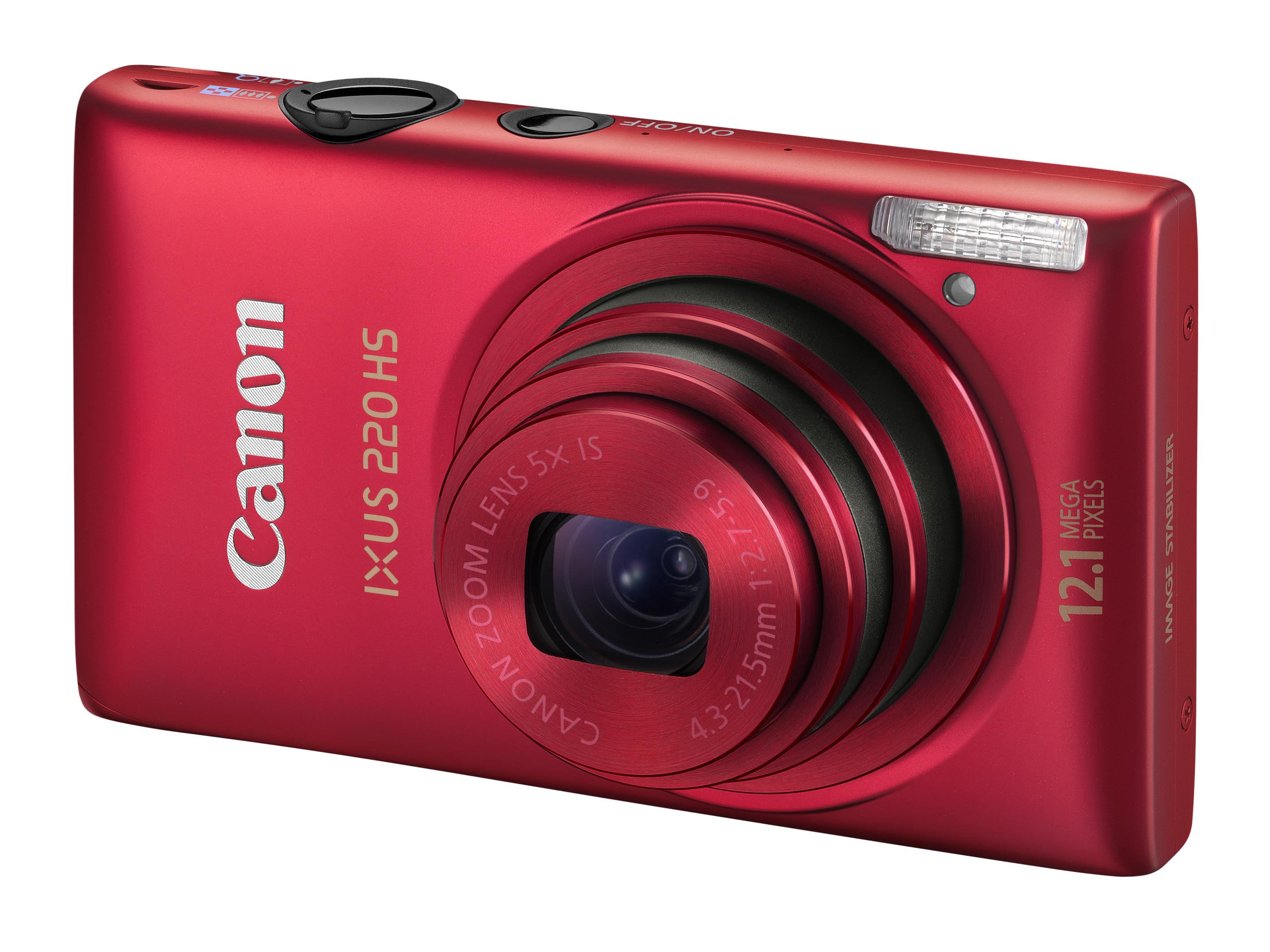Why you can trust TechRadar
Canon IXUS 220 HS: Performance
We encountered very little to grumble about the auto exposure modes, possibly due to the incorporation of Canon's DIGIC4 processor and high sensitivity sensor.
For complete piece of mind we tested the metering system in a variety of lighting conditions and for the most part were extremely satisfied with its performance, only in some high contrast situations did we find a tendency to underexpose, but the unit is fitted with exposure compensation to ease any quibbles.
Similarly, the 220's white balance and colour systems performed above, and in some situations, beyond our expectations for a camera of this price point, producing a realistic representation of colours and a wide gamut of tones in a variety of lighting scenarios, including natural, artificial and mixed.
The auto focus system is fast, and for the majority of occasions very efficient, in fact we only encountered a few minor problems in extreme low contrast lighting conditions, a handful of macro scenarios, and the odd occasion where the subject was moving incredibly fast. For the most part however the AF system performed consistently and successfully for a unit docked in this calibre of compacts.
The images presented on the LCD screen show details to be crisp and colours to be accurate, and offer a fair representation of what we are presented with on the computer screen, with only a very small percentage of images that had originally appeared in focus, later showing as blurred.
Looking at both the image results on screen plus our signal to noise ratio tests we can see that the quality of image produced by the new Canon shooter is extremely clean and only at ISO 1600 and above did we begin to encounter some disturbance of noise, yet surprisingly the images produced at this sensitivity are certainly of a usable quality.
In our night and low light tests the camera's built-in optical stabilisation did for the most part counter-act blur, but users should not expect the same standard of results that can be gained from using a tripod for example, as inspecting details at closer proximately revealed a moderate degree of blur and noise infiltration.
Unlike many of its price-point peers we discovered little evidence of fringing, with only slight levels chromatic aberrations appearing in high contrast frames.
Current page: Canon IXUS 220 HS: Performance
Prev Page Canon IXUS 220 HS: Build and handling Next Page Canon IXUS 220 HS: Image quality and resolution